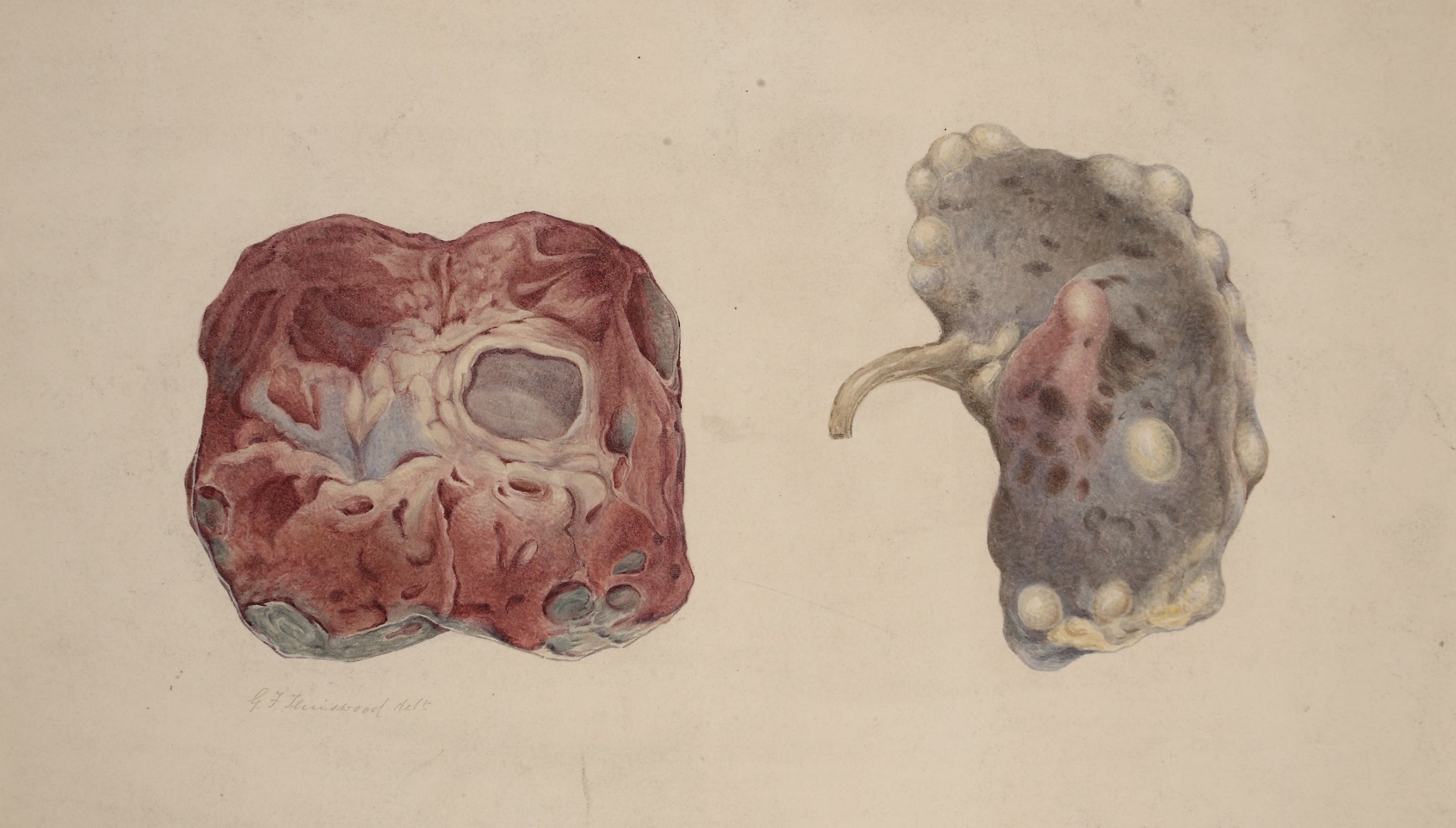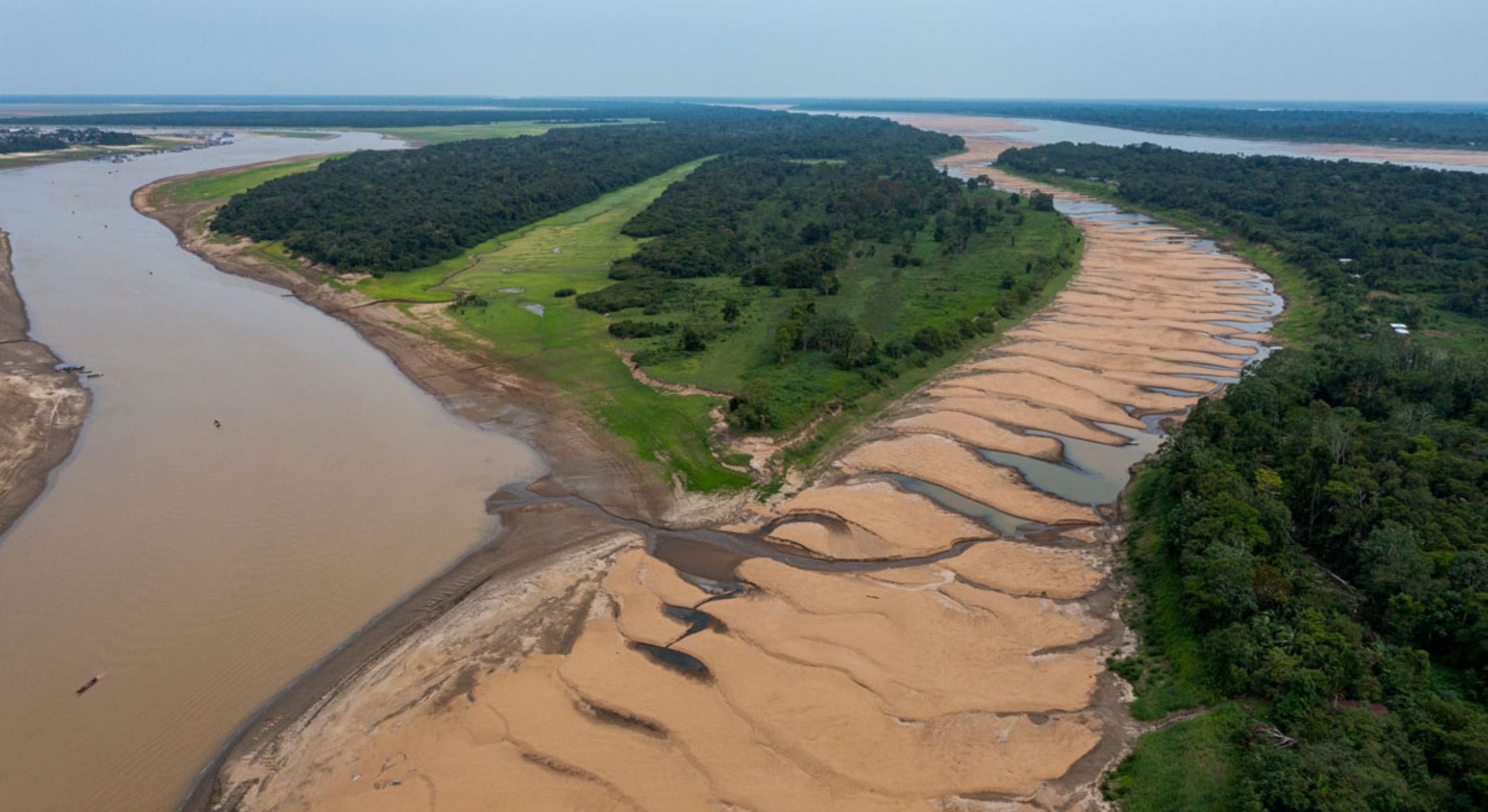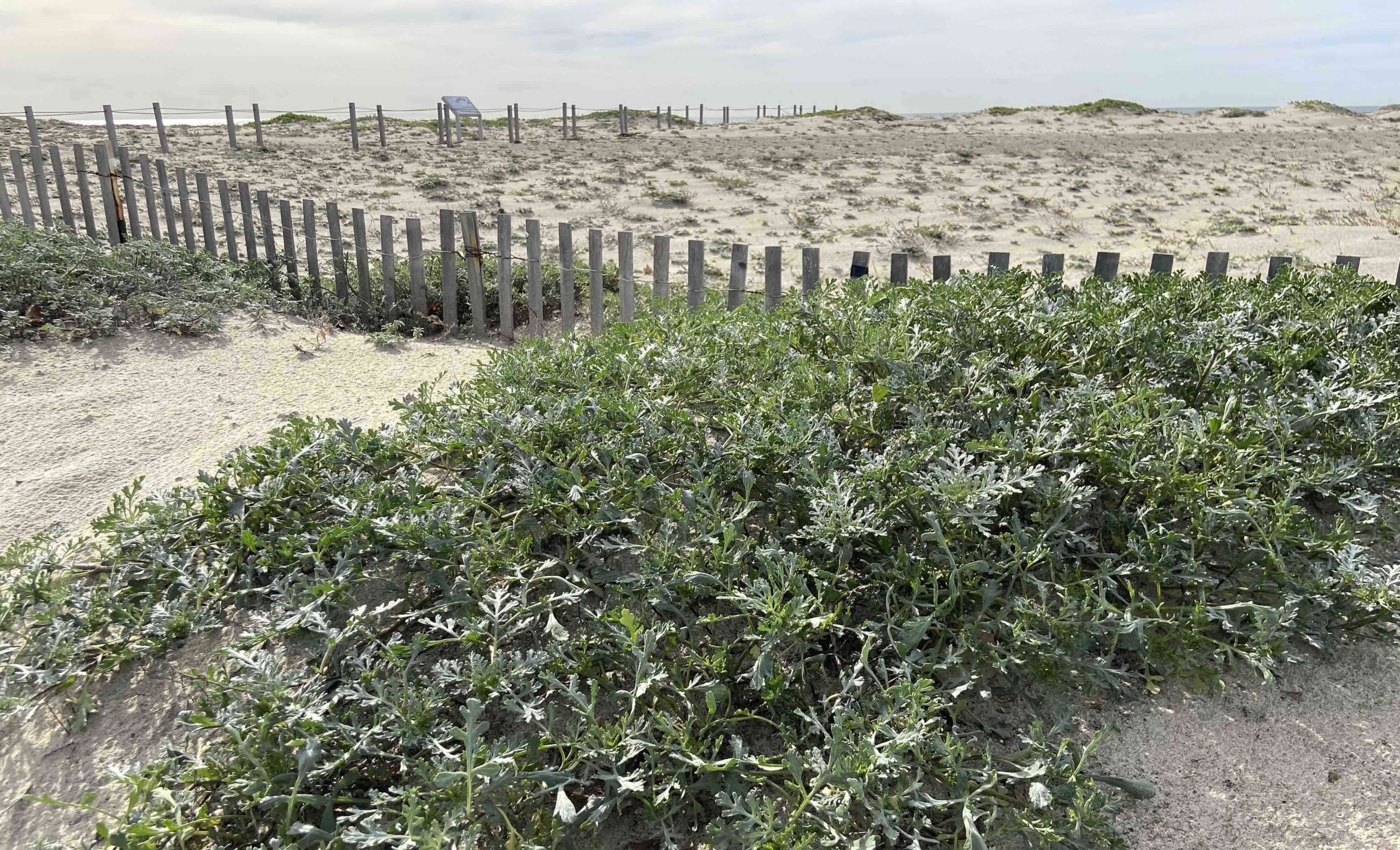
Dune restoration could increase the resilience of Southern California's urban beaches to sea level rise
Over the last several years, the residents of Santa Monica, a coastal city on the edge of Los Angeles, saw something neither they, their parents, or perhaps even their grandparents had ever seen before: a three-foot-tall dune system rising gently from the flat, groomed expanse of one of the world’s most famous urban beaches. It’s a six year alliance between sand, wind and vegetation, and, according to UC Santa Barbara researchers, it’s one way to enlist nature to help protect the coast from the impacts of climate change.
“The project was really to assess whether we could naturally grow dunes on a heavily urbanized, mechanically raked beach that had been that way for more than 70 years,” said Karina Johnston, a doctoral student at UCSB’s Marine Science Institute (MSI) and the Bren School for Environmental Science & Management, and lead author on a paper in Frontiers in Marine Science. “Could it work? Could it inform natural solutions to help protect our coastline from sea-level rise?” The short answer: quite possibly.
The threat of sea-level rise has become an issue for all coastal cities around the world as they grapple with warming oceans, more intense storms and flooding events. For heavily populated stretches of coast, such as Santa Monica Beach in Los Angeles, the issue is especially nuanced: City planners have to walk the line between protecting the coast and keeping it available to the millions of visitors it receives each year.
“At the start of the project, considerations were centered around balancing ecology, beach access and the needs of local residents and businesses,” said Shannon Parry, chief sustainability officer for the City of Santa Monica. “Given the popularity of Santa Monica Beach, the project needed to be interactive and accessible.”
Beach grooming (or raking) is a coastal management measure undertaken generations ago to pick up trash, remove seaweed and make the beach more appealing for visitors.
“Those management activities have been in place for decades on urban beaches, so it’s created an institutionalized construct of what a beach should look like,” Johnston said.
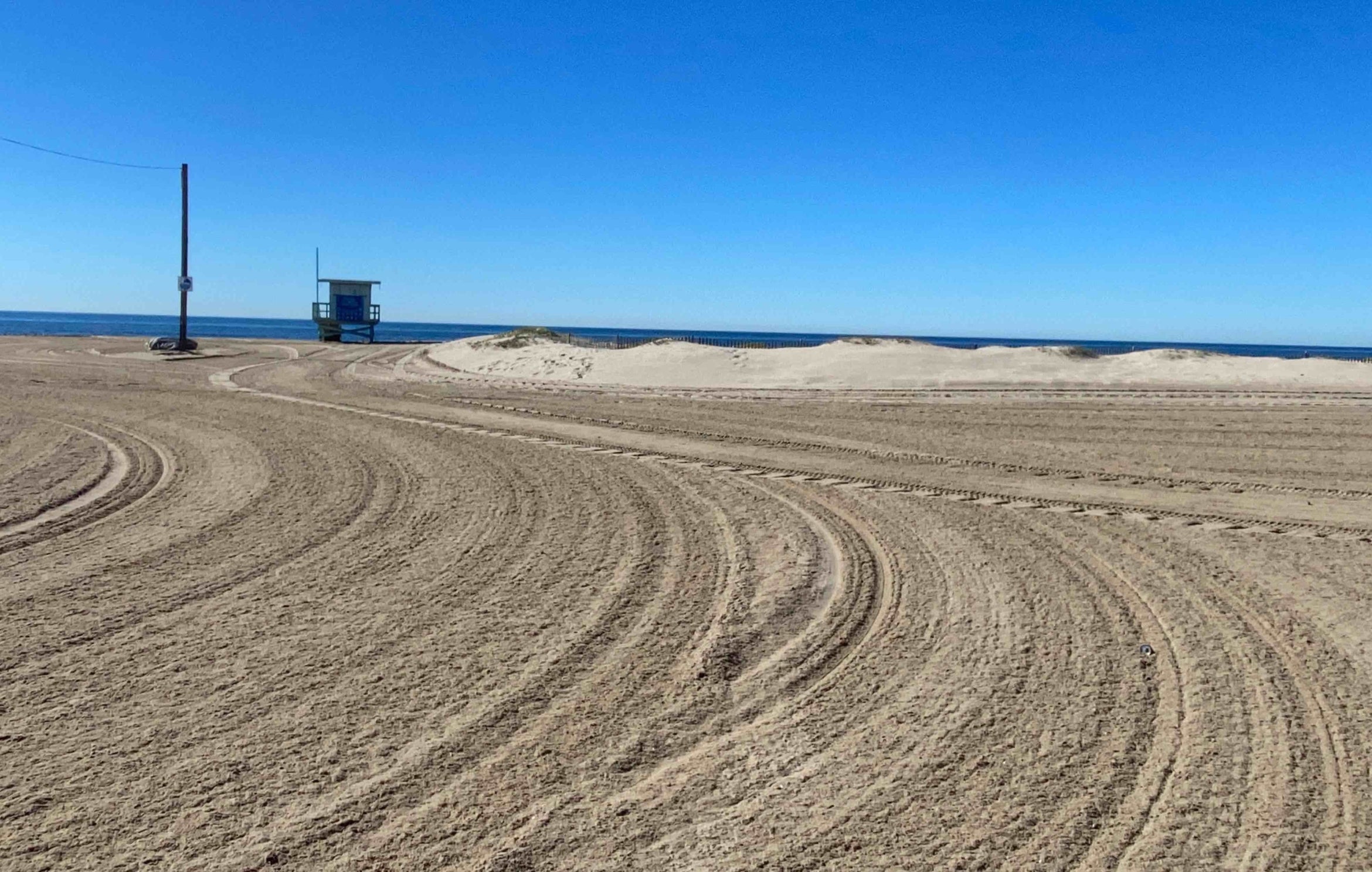
Though well-intentioned, the practice of heavily raking the top few inches of sand several times a week and picking up kelp wrack does keep the beach free of debris, but it also flattens the natural landscape of wind-swept dunes held together by natural vegetation, impacts biodiversity and reduces habitat for wildlife. These unnaturally wide stretches of sand have since become the iconic look of southern California beaches, with coastal cities spending millions of dollars each year to maintain it.
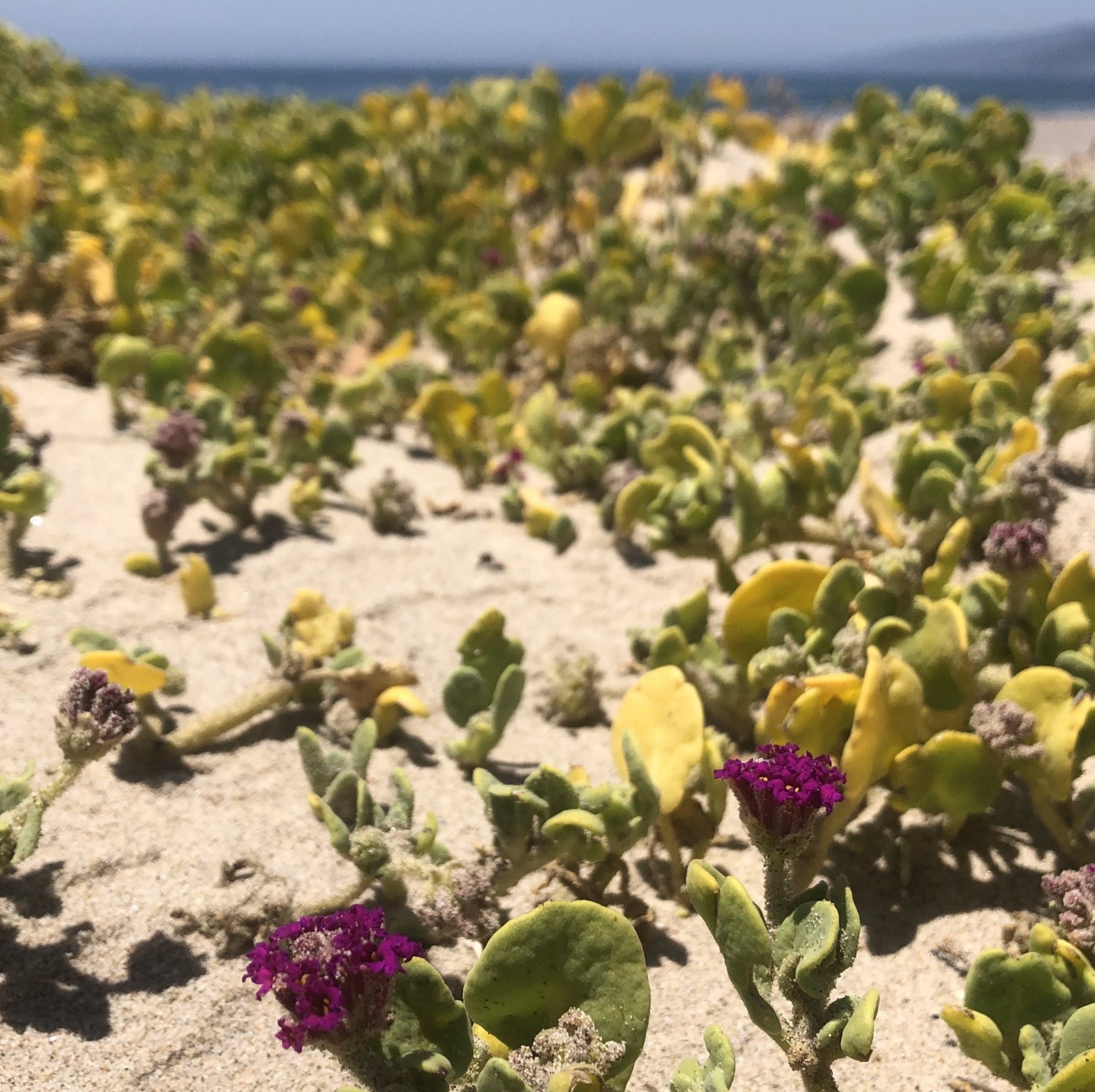
But with the growing threats of climate change and sea level rise, people who study and manage California’s urban beaches are taking another look at beach grooming. In collaboration with the City of Santa Monica and The Bay Foundation and other partners, Johnston and MSI researchers Dave Hubbard and Jenifer Dugan in 2016 started a long-term experiment, sectioning off three sides of a 1.2 hectare (about 3 acre) stretch of Santa Monica Beach with sand fencing, and sowing native dune plant seeds (red sand verbena, beach bur, beach salt bush and beach evening primrose). Then they waited.
And waited.
And waited, conducting scientific surveys throughout the study period, and turning to UCLA postdoctoral researcher Kyle Emery to document the long-term results via drone surveys.
Drone footage reveals the scale of the project and the contrast between natural and groomed sections of the beach. Credit: Kyle Emery
“The success of the project was evident on the ground, but the aerial view from the drone provided an entirely different perspective in which the restoration site stood out like an island within a groomed landscape,” Emery said. “The data we collected with the drone surveys allowed us to build digital elevation models and estimate the sand accumulation and increase in elevation of the restoration site relative to the adjacent beach.” Six years after it began, the general elevation across their pilot study area increased by about 0.3 meter (about 1 foot), including a higher foredune ridge with a 0.9 m maximum elevation and 1-m dunes along the perimeter. The accumulation of sand into dune forms was assisted by native vegetation, which trapped sand as it blew into the area, forming hummocks and dunes.
Humans weren’t the only ones who noticed the new landforms; shorebirds, and especially the threatened western snowy plover, had started to make use of the new dune landscape to roost.
Waiting for nature and conducting scientific research was probably the easier job. The collaborators simultaneously undertook a massive information campaign aimed at the local beach community, explaining what the project was for and what they could expect.
“The City of Santa Monica was a fantastic partner,” Johnston said. “They are very forward-thinking about climate change.” City staff dedicated time and effort to sending out mailers, building a website, generating blogs and leveraging social media. They also added informative signs at the site to explain the importance of coastal resilience and set up meetings so the researchers could directly answer any questions from the public.
What’s important to remember, according to the researchers, is that human involvement was also part of the vision. “What we really wanted to do was to let people interact with the site and to not impact recreational opportunities,” Johnston said. Hence, while the area was marked off with signs requesting minimal disturbance, the oceanward side of the plot was unfenced to open it to recreation.
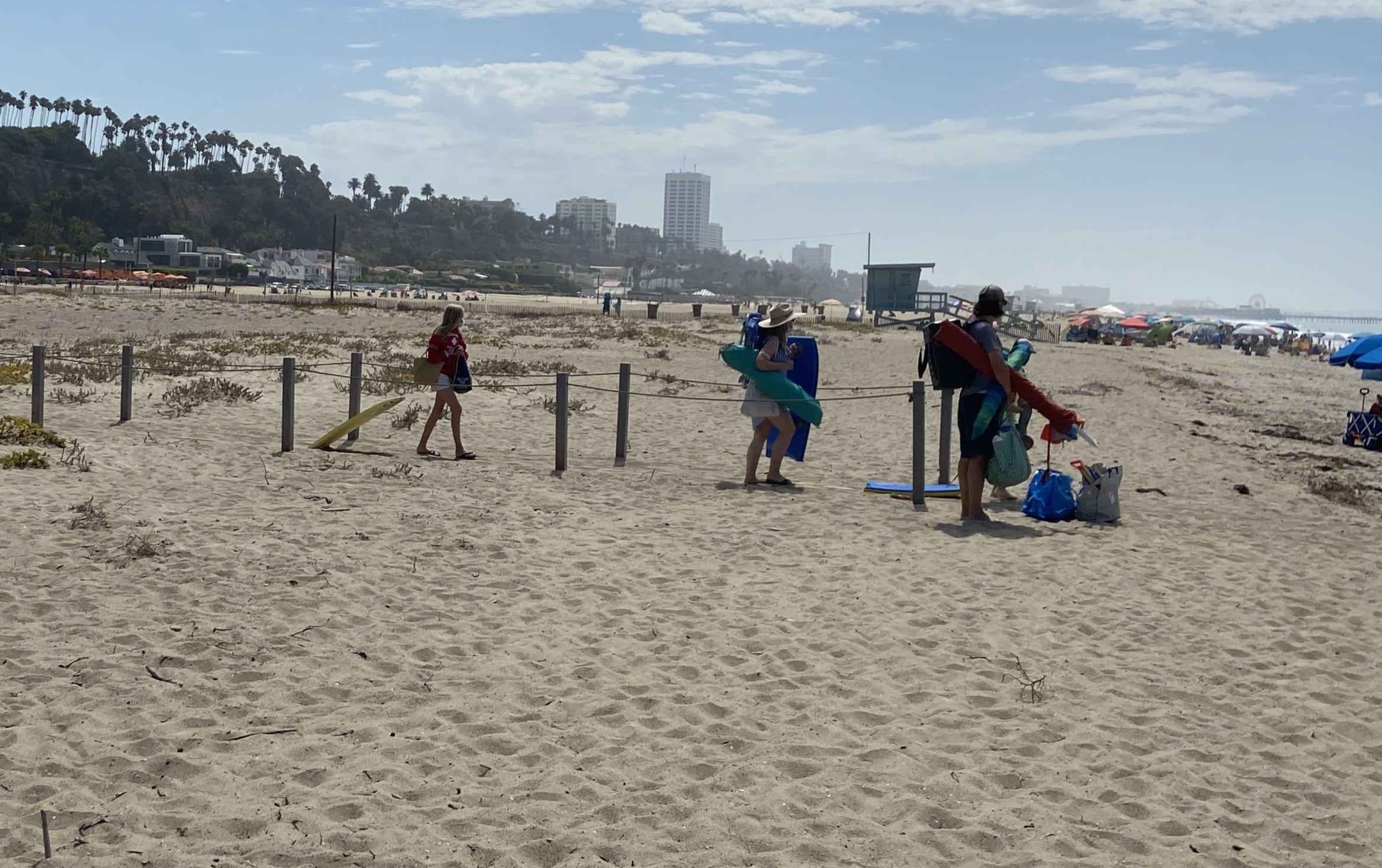
The public response was “incredibly positive,” according to the researchers, due in large part to the access provided for recreation, and to a walkway through the experimental plot. It became so popular that that people would go out of their way to walk through the middle of the site on their way to the water’s edge and take pictures or birdwatch.
Not everyone was enthusiastic about the project from the start. One longtime resident was vocal in her opposition to the project at the beginning of one public comment gathering session.
“We started giving a presentation about why the project was happening, and our goals, and we started showing pictures of other places that had dunes and vegetation along the beaches, and she stands up in the middle of the presentation. I froze: What was she going to say?” Johnston recalled.
“And she turns to the City of Santa Monica and stares at them and says, ‘Why is this project not bigger?’ She became one of our staunchest supporters, and we recognized the important value of community input throughout the process.”
“The Santa Monica Beach Pilot Project is a successful proof of concept for scalable, affordable coastal adaptation solutions that address the risks from climate change and coastal sea level rise,” Parry noted. “Through dedicated public engagement and thoughtful ecological design, the project was able to strike a balance between allowing sensitive natural processes to take place and achieving accessibility for Santa Monica beachgoers and residents.”
For all this effort, however, are the new dunes going to do what everyone hopes they will do?
“The dune building is going faster than the current rate of sea level rise,” Hubbard said. “So that’s really good. You could even have a disturbance and it could rebuild itself and catch up again.”
The last round of winter storms provided some evidence of this resilience, something the researchers hope will buy time as Santa Monica adapts to coastal erosion and climate change. But time, and even bigger storms and wave action will tell whether Nature can rise to the challenge of protecting the urban coast.
Not all groomed beaches will respond to nature-based interventions such as this. Santa Monica Beach is part of a local littoral cell that naturally receives sand cycled in by wave and wind. “This approach is going to be suitable in some areas,” Hubbard said. “It’s not appropriate for other areas that are narrower.”
However, the success of this venture so far is something the scientists hope will inspire other sandy beach researchers and managers to investigate as a possibility for nature-based coastal adaptation. Ideally, field experiments and monitoring should last as long as it takes to gauge factors such as how large dunes can get, whether or not vegetation can re-seed itself and if the dune can self-repair after a significant disturbance. This could take up to a decade.
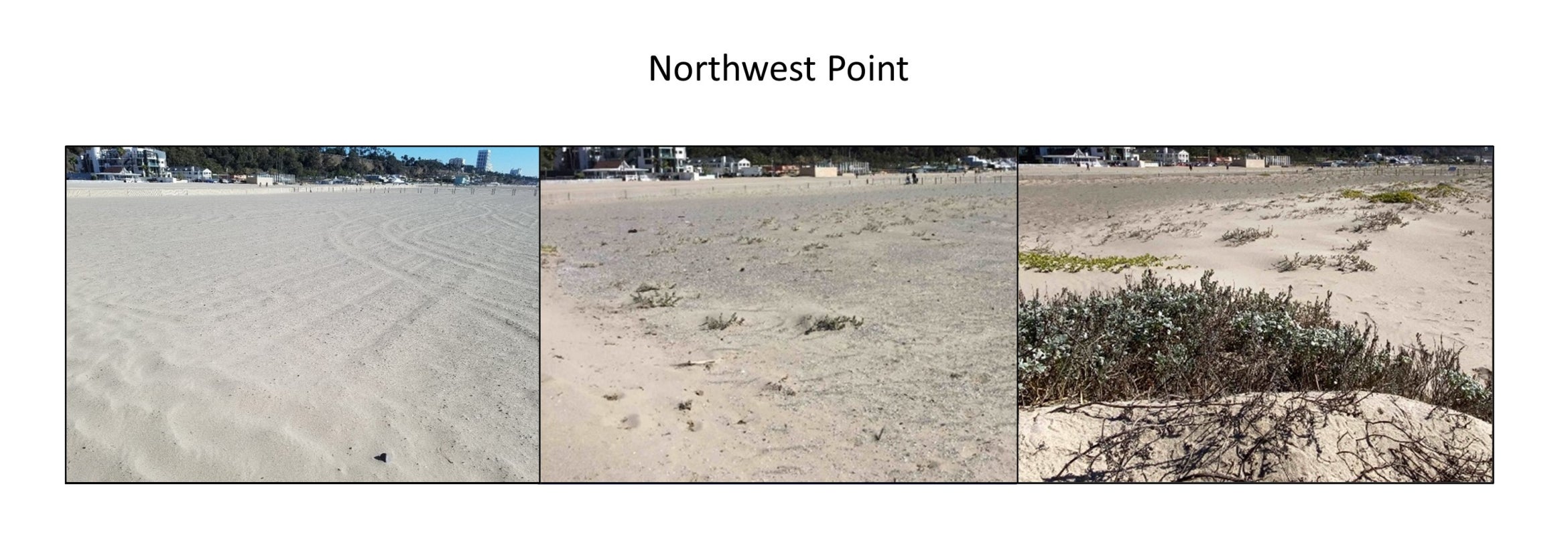
“One of the highlights of this study is that we actually tracked this project from the beginning and out to more than six years,” Dugan said. Most of the studies they encountered in preparation for this project had done only a few years of monitoring and thus provided incomplete knowledge on the effects of rewilding sections of beach. She suspects that some of these short-term projects could have reported higher levels of response had there been a longer period of monitoring.
“Now we have all this rich information,” she said. “We know which plants really built the dunes, and where the foredune was likely to form on this groomed beach. All these findings can be applied to other coastal dune restoration projects.”
For now, the collaboration will continue to monitor the experimental site, especially as this ongoing El Niño weather cycle brings higher sea levels and bigger waves. More information means more options for adaptation.
“We’re not doing this project in a prescriptive way,” Hubbard said. “We’re trying to create an alternative vision of what southern California beaches can be and people can choose for themselves what kind of beach they can have.”
Research on the study was also conducted by Melodie Grubbs at the Morro Bay Estuary Program.
Sonia Fernandez
Senior Science Writer
(805) 893-4765
sonia.fernandez@ucsb.edu

